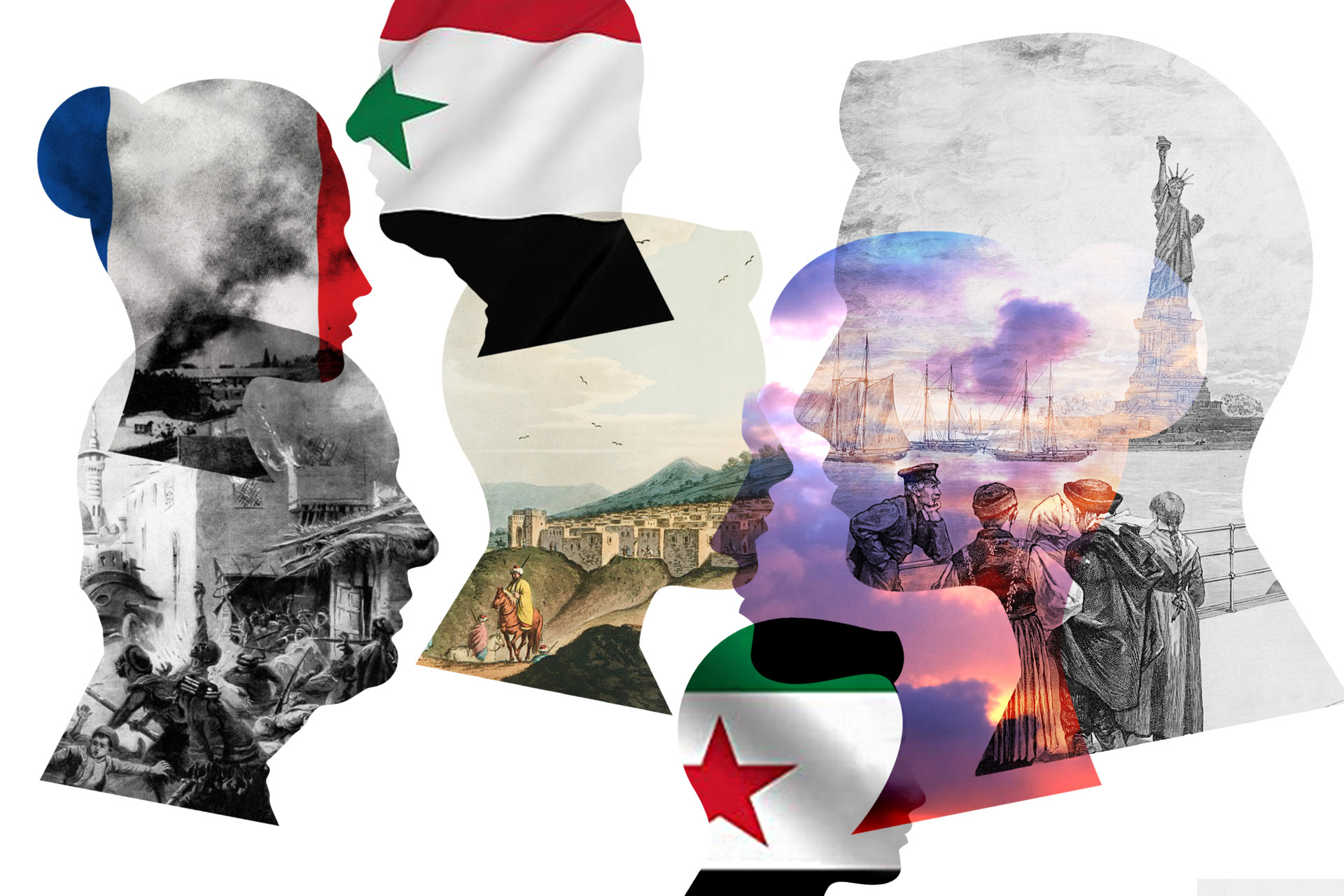Listen to this story
“For the sundown was more appealing to us than the sunrise, ay, more beautiful. The one was so near, the other so far away. Yes, we beheld the Hesperian light that day, and praised Allah. It was the New World’s bonfire of hospitality: the sun called to us, and we obeyed.”
— Ameen Rihani, “The Book of Khaled”
It’s a good summer in Washington when the fence that was erected around the Capitol building after the Jan. 6 insurrection has just come down, and fireworks lit up the evening sky on Independence Day, marking what also felt like the tail end of the pandemic. But the sense of relief remains bittersweet when family and loved ones “back home” in the old country are enduring some of the worst challenges of our time: failed states, economic collapse, war, drought and not enough COVID-19 vaccines.
The dissonance got me thinking about the privileges of life in the West and how I became both a fifth-generation American and an immigrant. In researching the backstory, I uncovered over 100 years of familial and geopolitical drama that sometimes repeats itself. Create a free account to continue reading Already a New Lines member? Log in here Create an account to access exclusive content.



